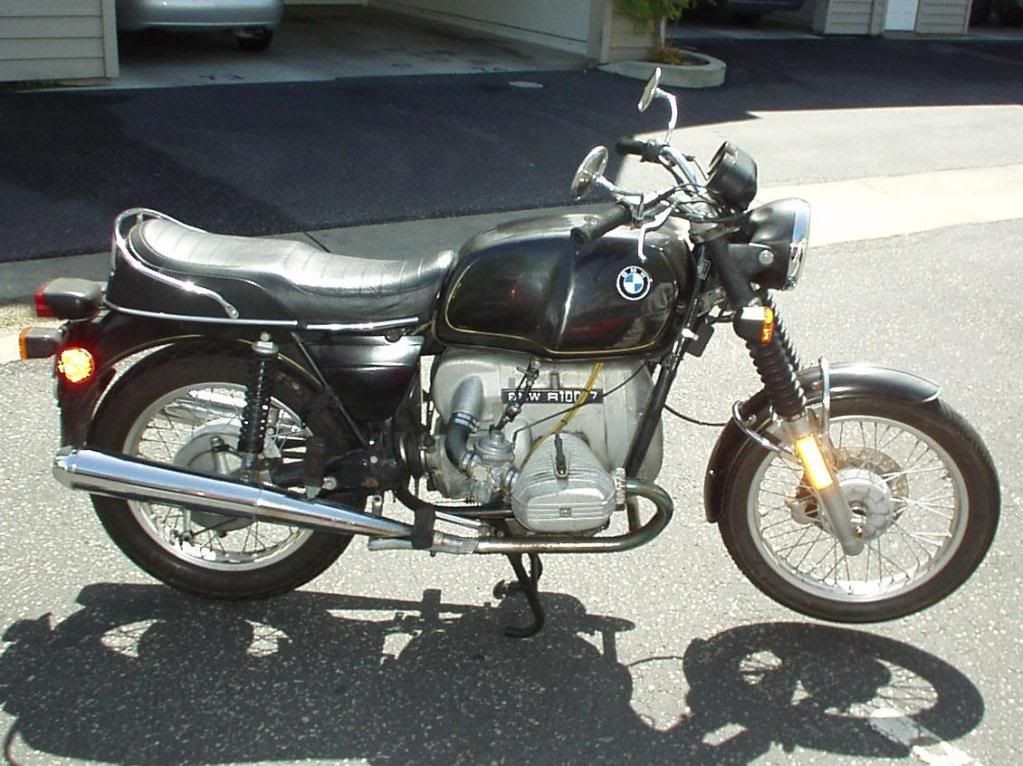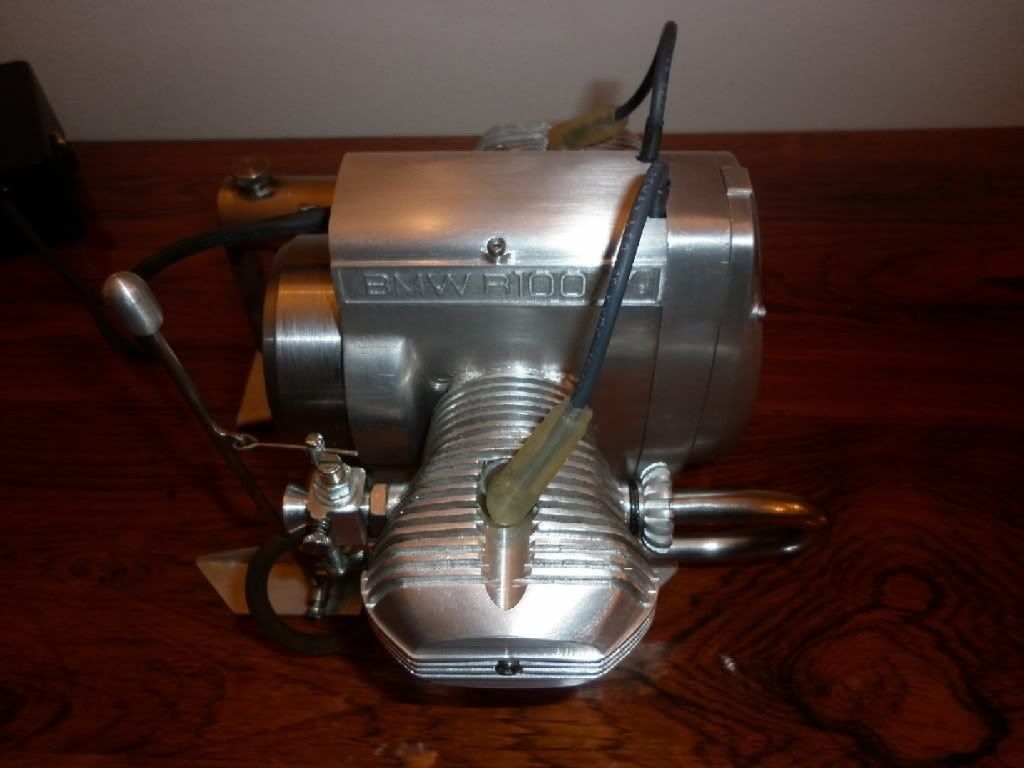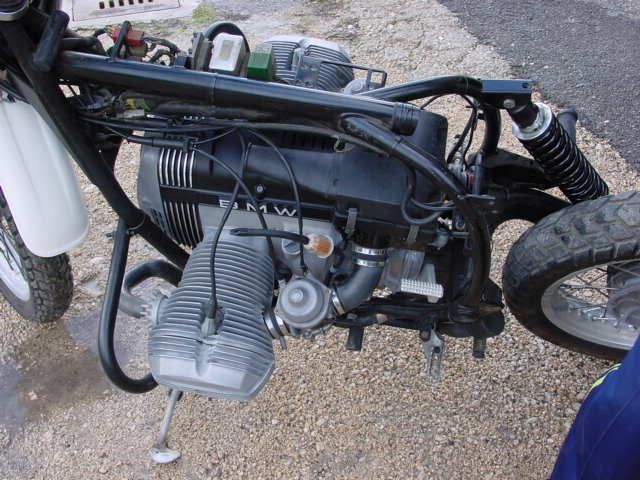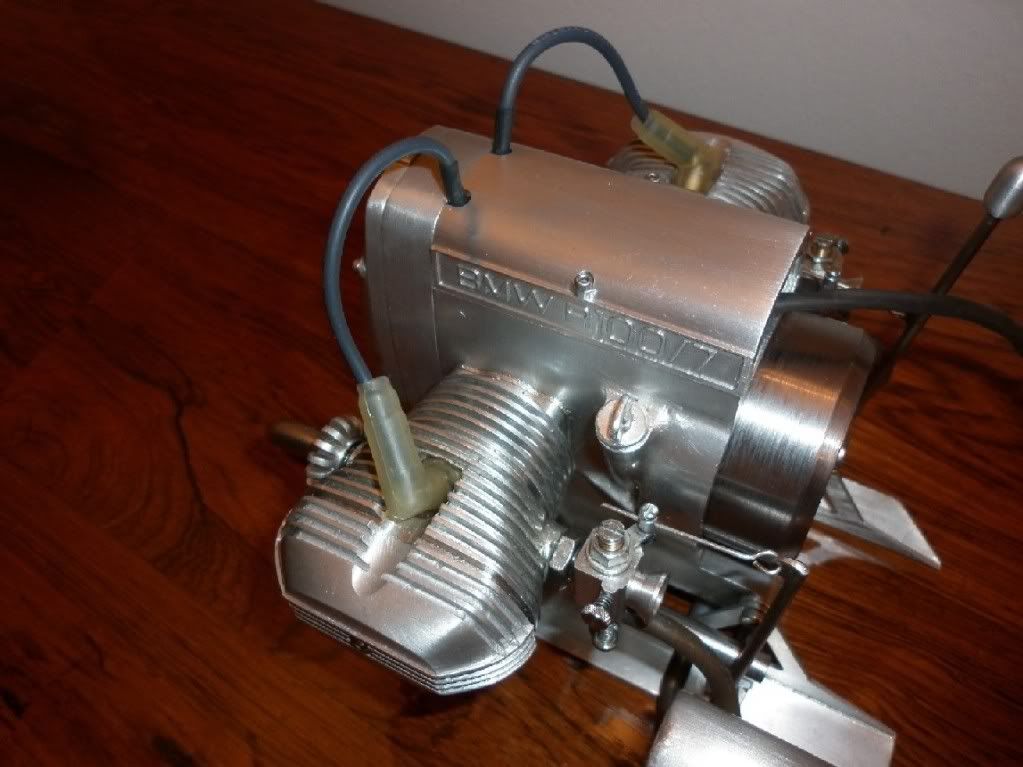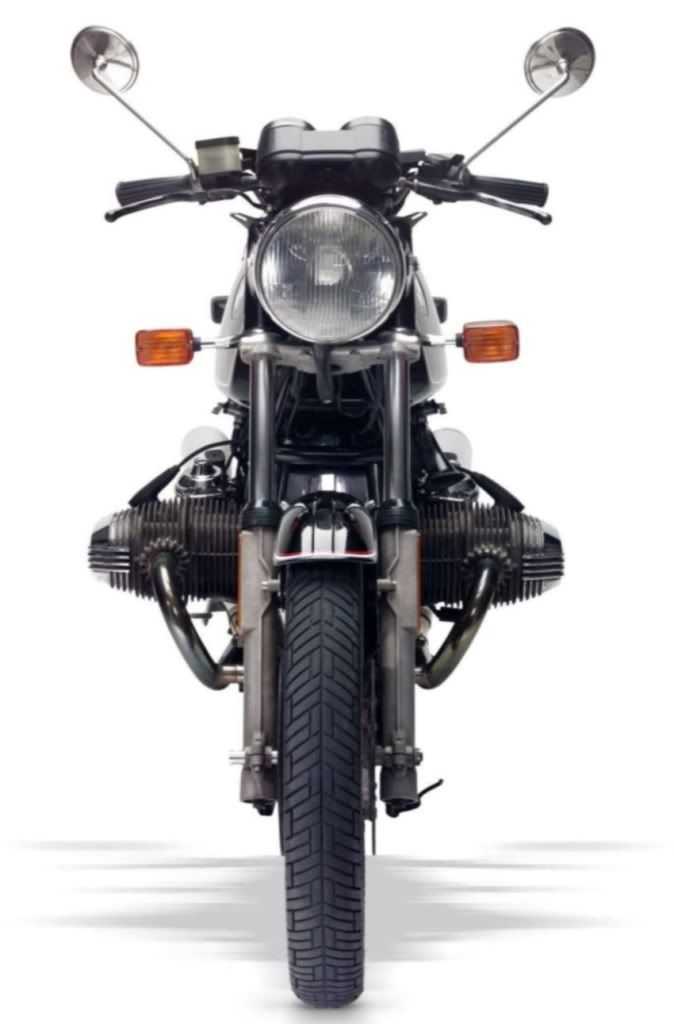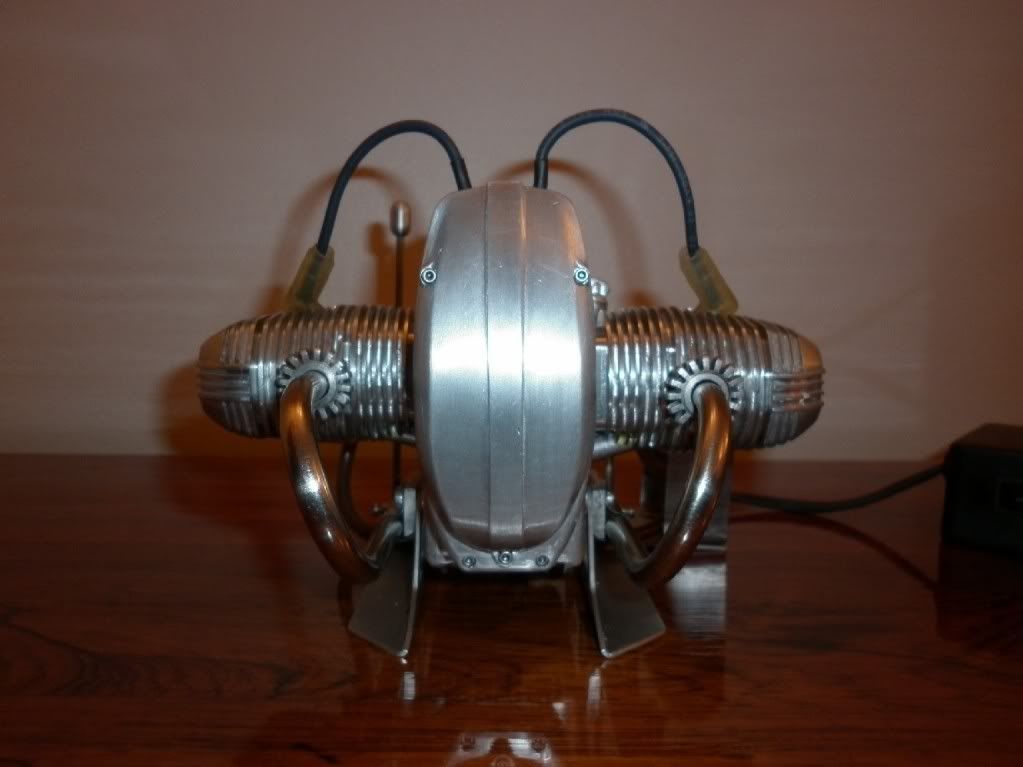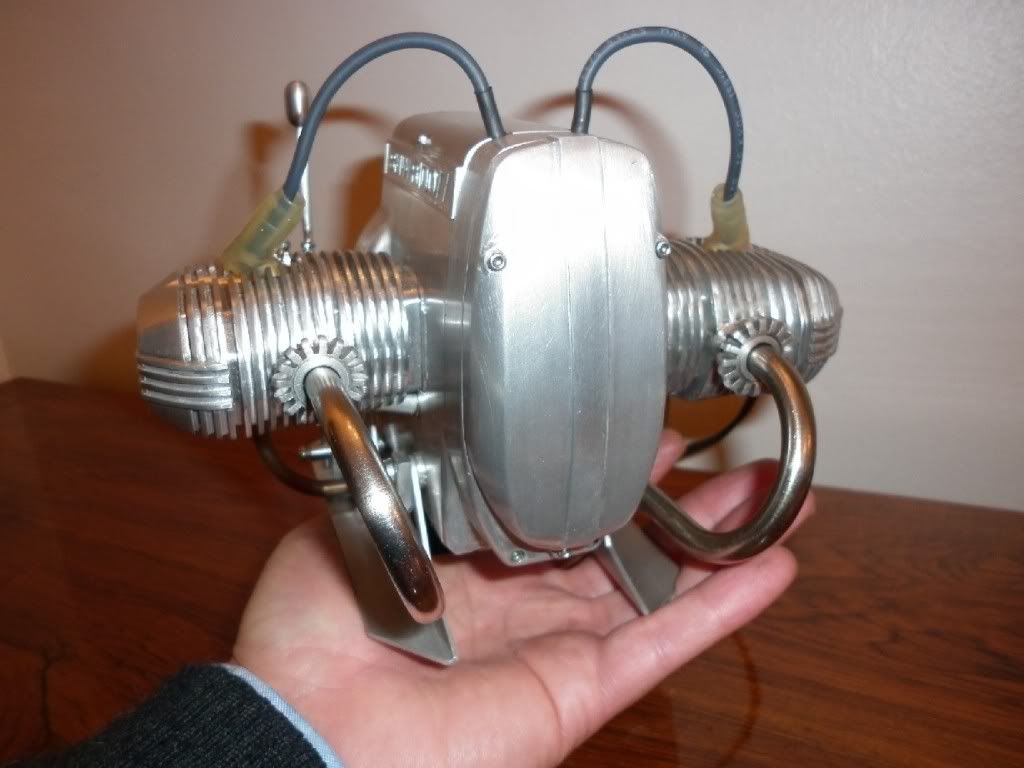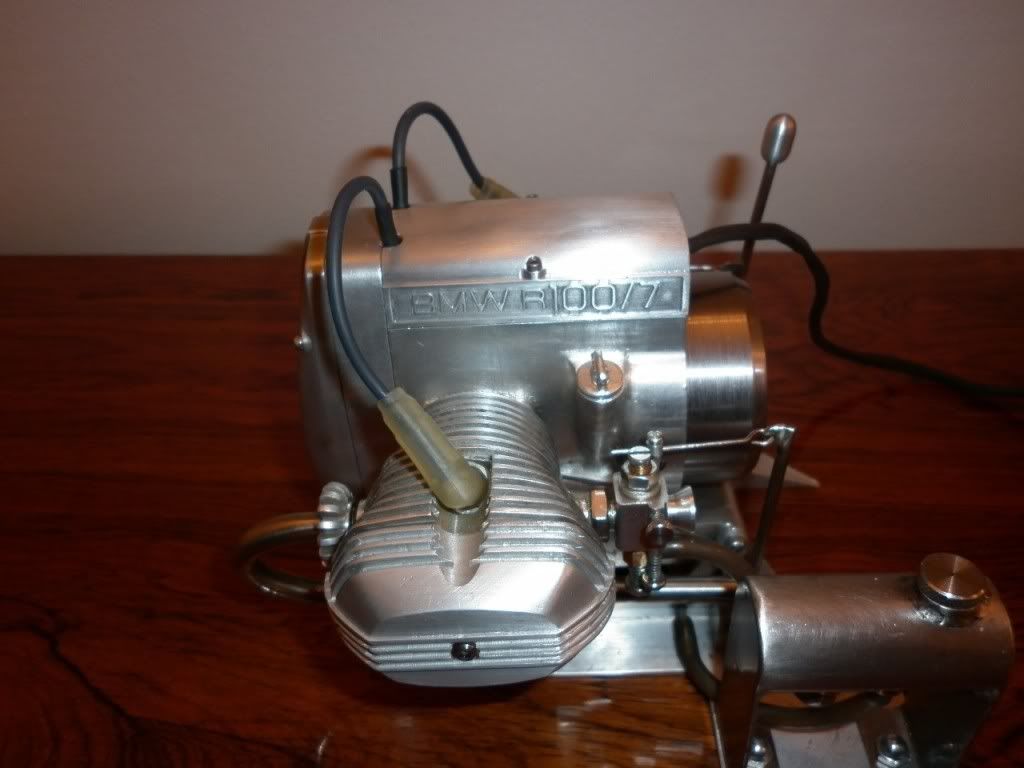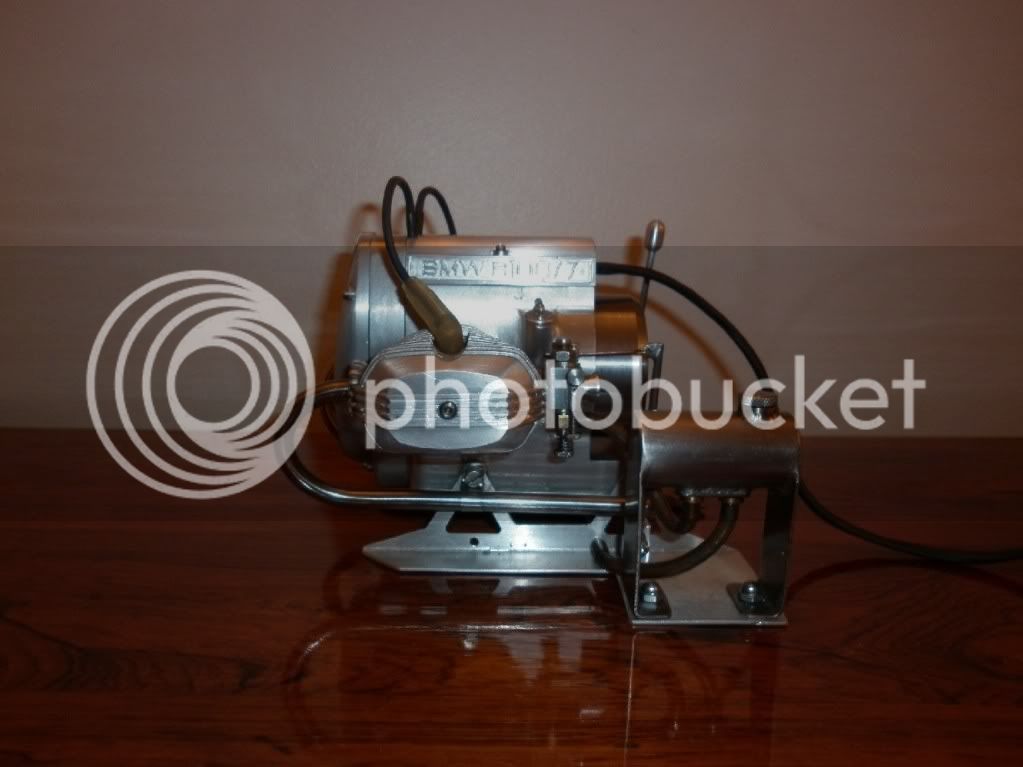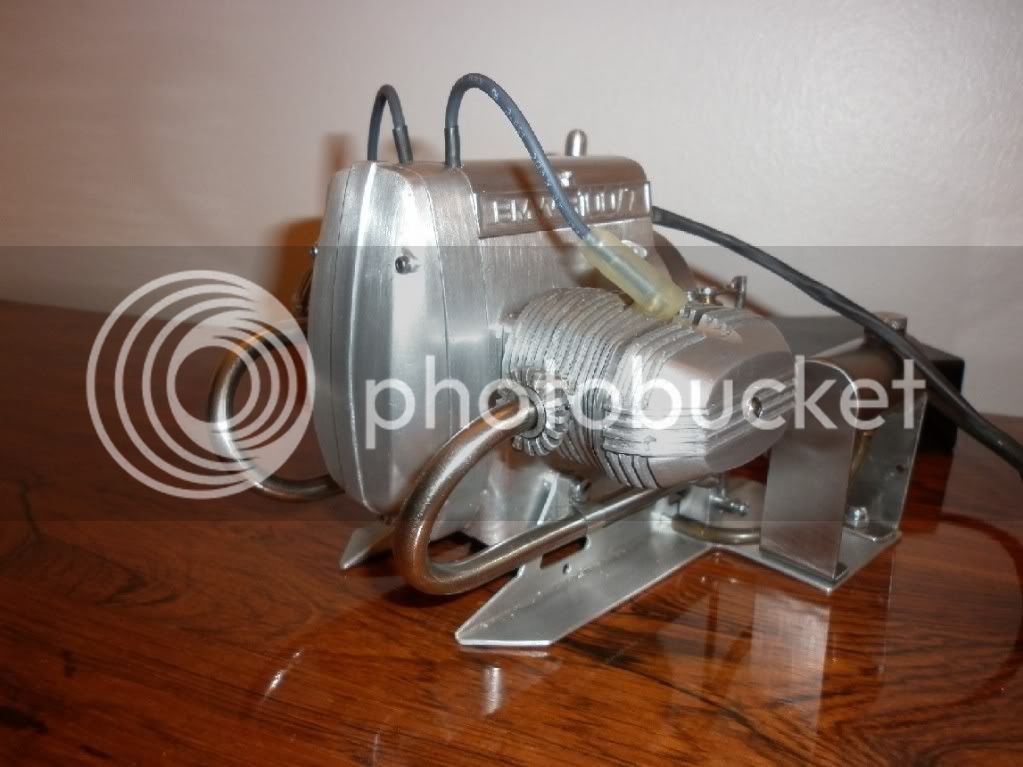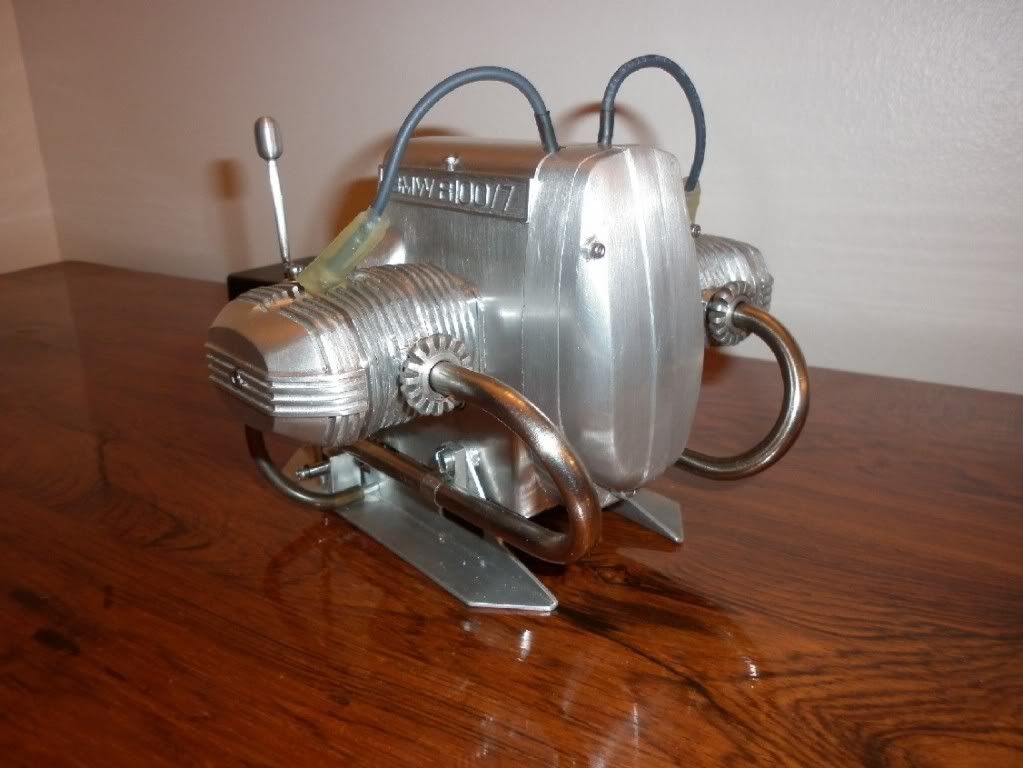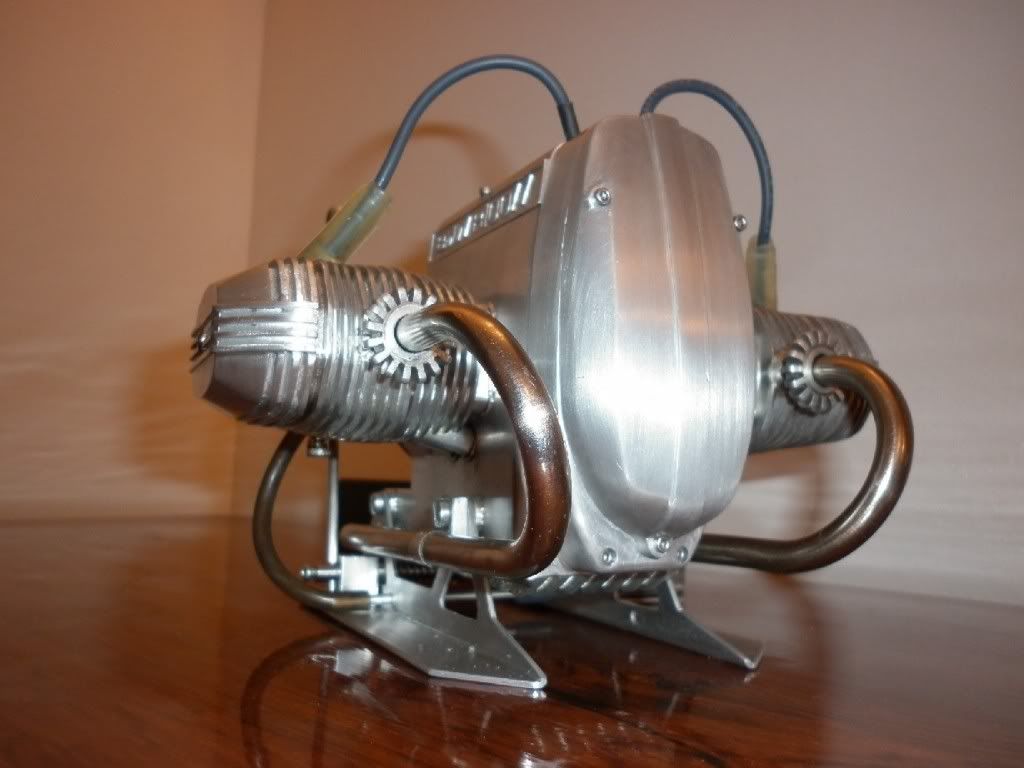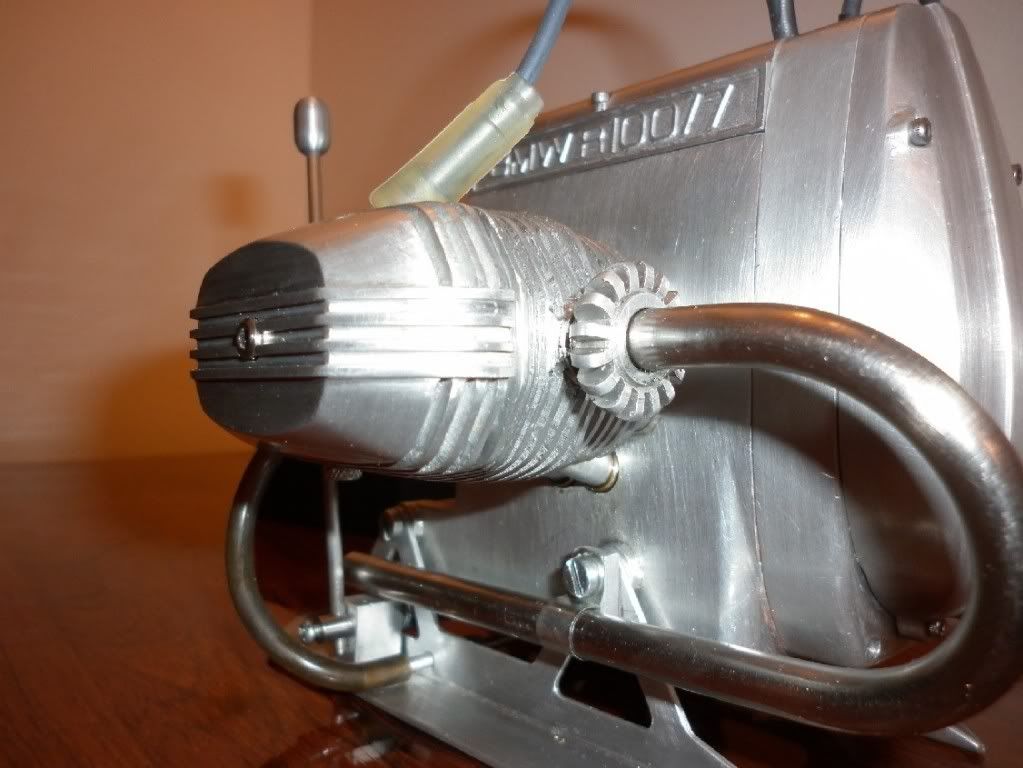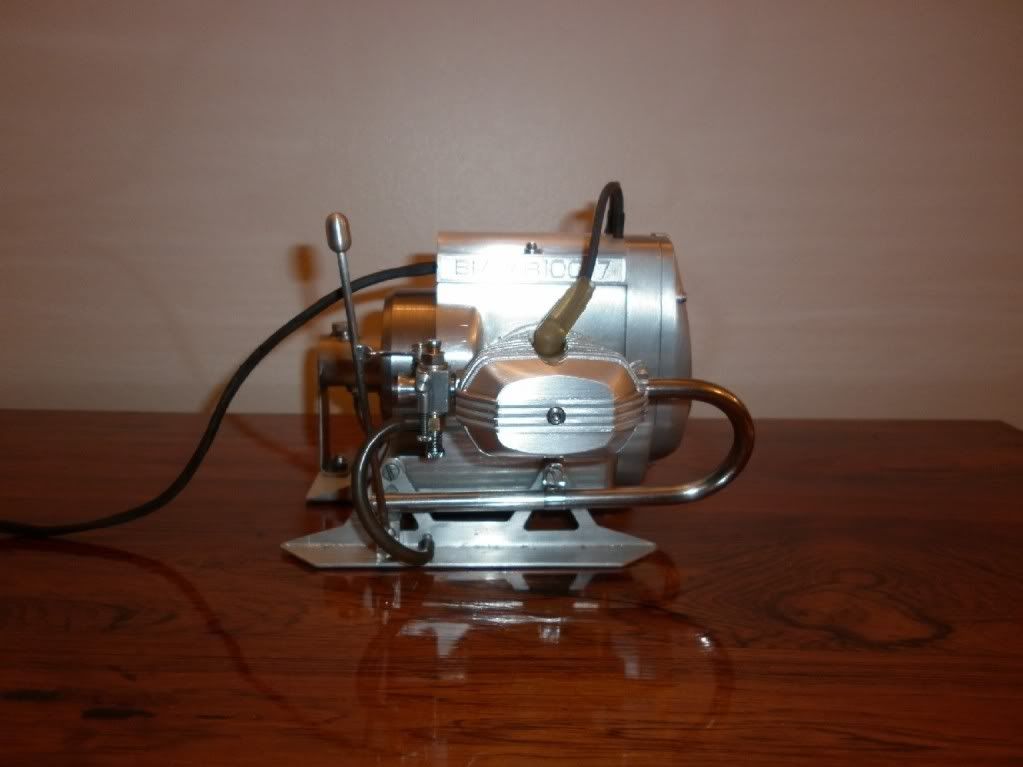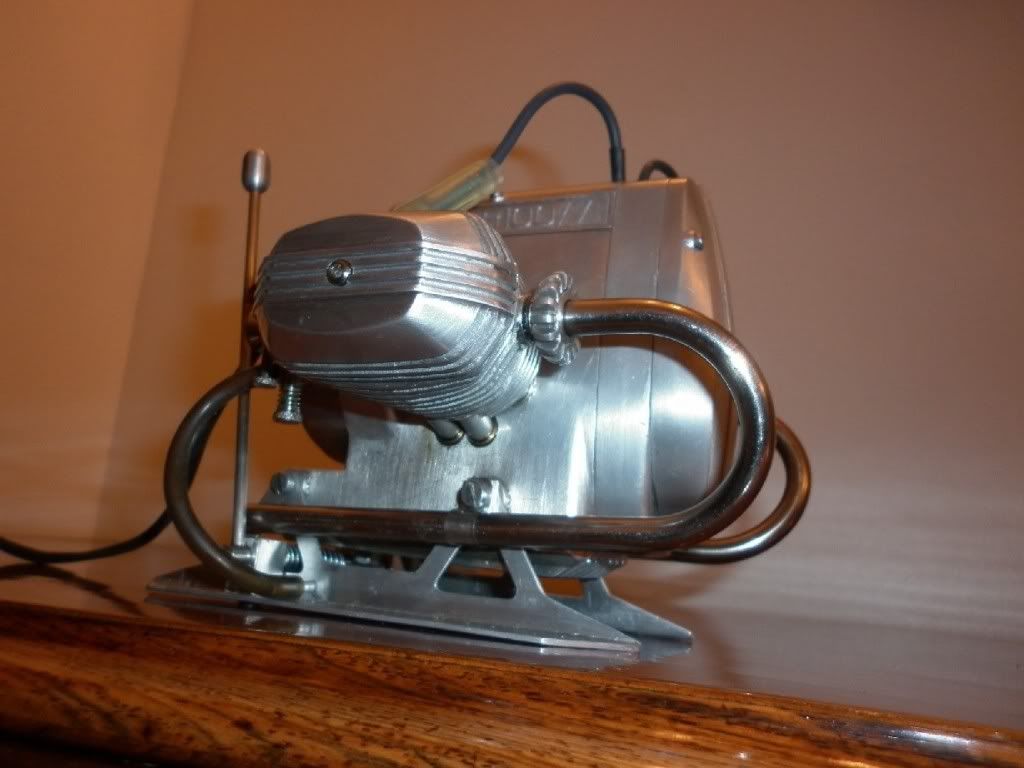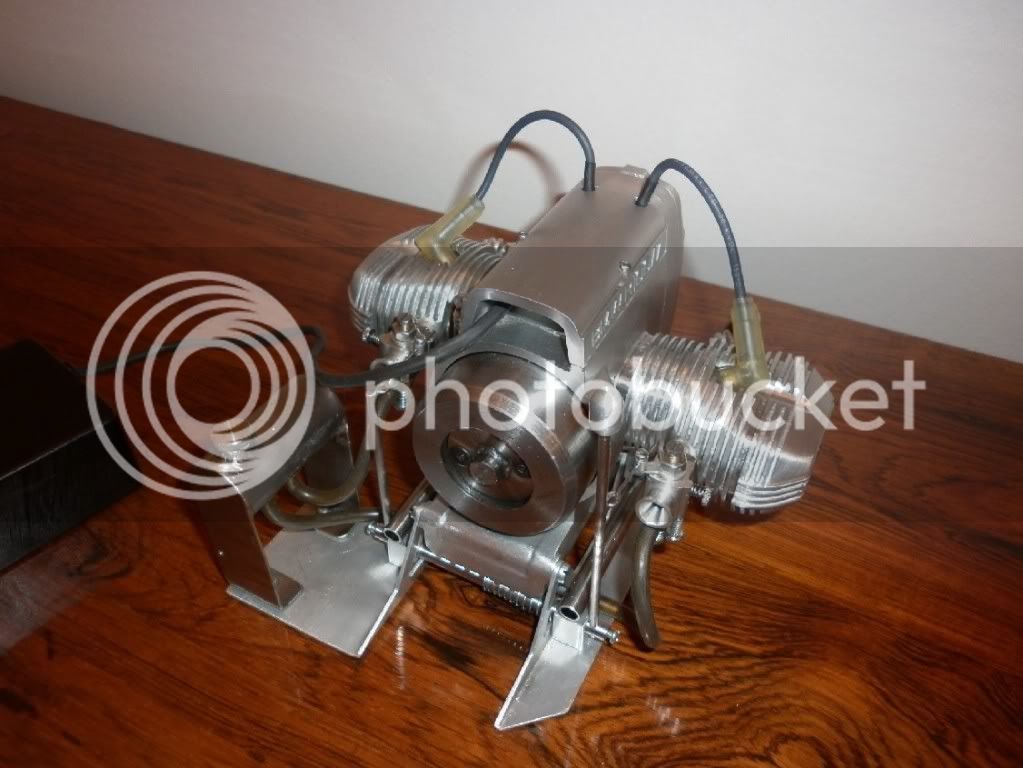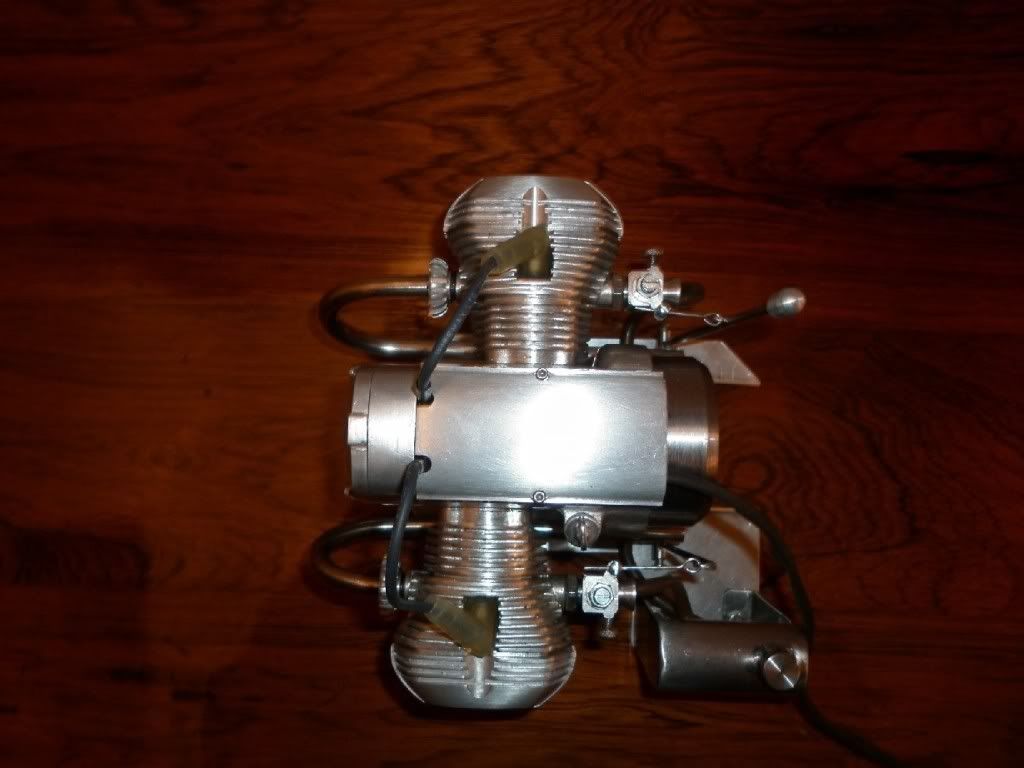When I built the engine for the first time I connected the two spark plugs in parallel with a single coil and as I explained in some previous messages, this system does not work due to the difference in conductivity within compressed combustion chamber and the chamber with lost spark. Then when I got a second coil, I fabricated a new bracket to place both coils at the top of the engine, trying to start the engine with this configuration I was not successful and noticed that the spark plugs had both a lower intensity, so remove coils from that position and put them out of the engine, starting immediately the engine, as seen in the video shown last week.
Now, I try to reassemble the two coils over the engine but be noticed that with the two coils together, exist interference between the magnetic fields, affecting the intensity of the spark. To try to solve this problem, both coils was rotated 90 degrees in order to place both in parallel but had no success, even tried to place a non-magnetic metal plate between the two coils, increasing the electrical isolate in both coils, etc, but none worked.
Finally, although I had some fear of the electrical insulation, I connected a coil over the engine with the plugs in serial, finally achieving an excellent result with the engine running very well with the coil in his place. For this connection, I increase the isolation in all wires from the hall sensor and the primary coil.
I've done several tests with this configuration with very good results, even I have reviewed the effect of electrical noise generated by this configuration, without noticing any interference. I have therefore decided to keep this setting.
German












![MeshMagic 3D Free 3D Modeling Software [Download]](https://m.media-amazon.com/images/I/B1U+p8ewjGS._SL500_.png)


























































